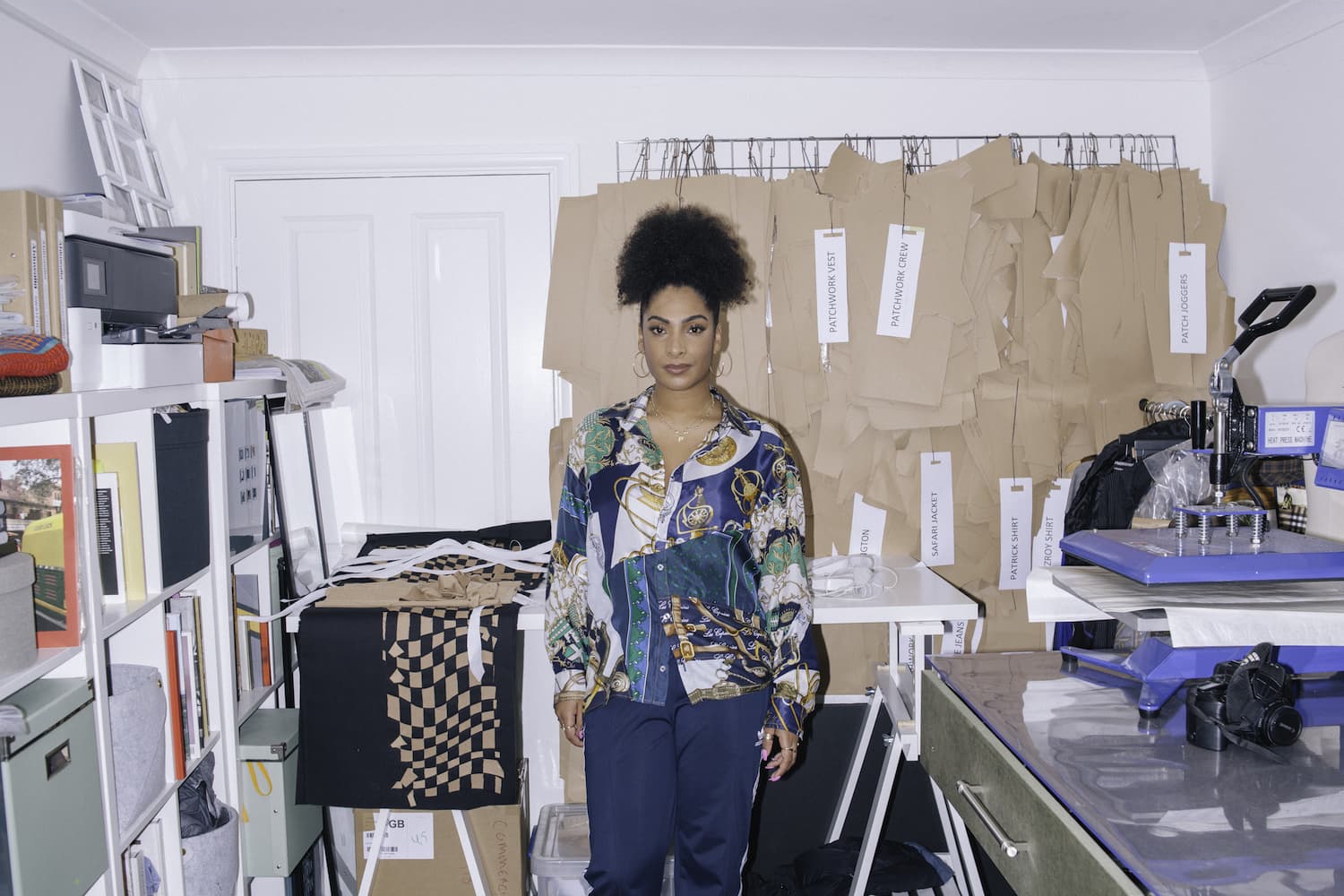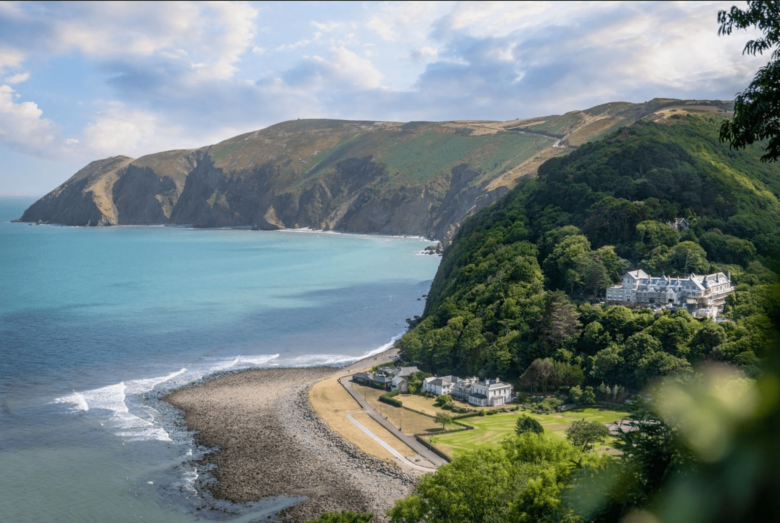The UNfluencers: Priya Ahluwalia
The Surrey-based fashion designer Priya Ahluwalia is in her studio munching on snacks. She has spent the past few days in Paris, presenting her collection as part of the nomination her menswear label, AHLUWALIA, received for the 2020 LVMH Prize. While you might think she would be enjoying some much-deserved downtime, she’s actually putting the nishing touches to her new photobook, Jalebi. It’s fair to say she likes being busy.
The 27-year-old has enjoyed a rapid rise over the past few years. Since showing the debut collection in 2018, she has quickly risen up the fashion ranks, establishing herself as one of the capital’s promising new talents. And the burgeoning prestige is warranted. Her bold work is made entirely from deadstock, a concept she adopted after visiting Panipat in northern India, the epicentre of unwanted clothing. Describing it as a “life-changing” moment, she has ensured that her creative output has been entirely sustainable since, crafting complex designs that push the capabilities of eco-friendly garments.
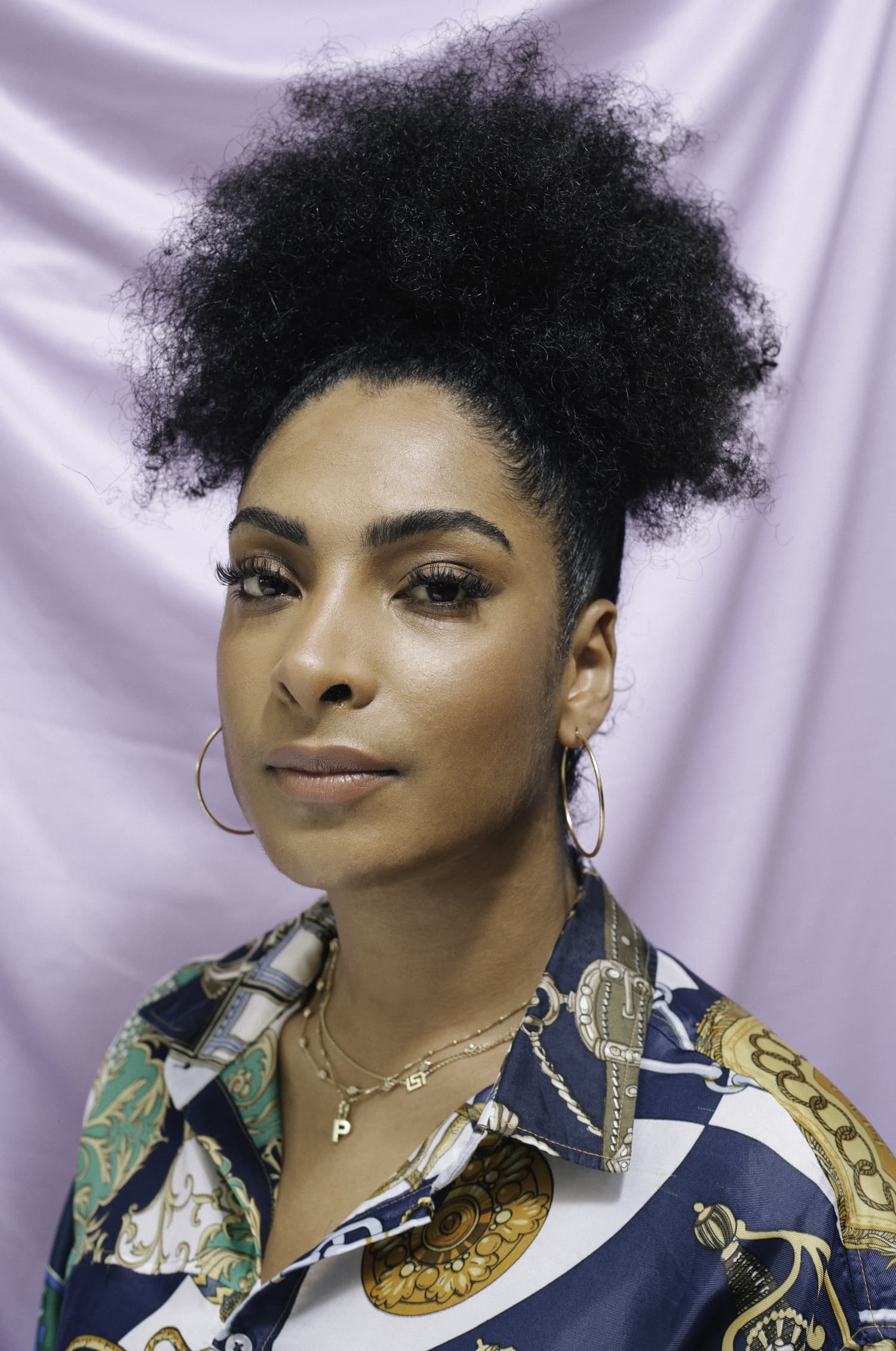
I think because of my upbringing and my family. We’ve always been aware of not wasting things, but I never thought so deeply about it as I did when I made my book Sweet Lassi. That was an exploration into what happens to second-hand clothing if it’s not sold in a charity shop. That led me on a steam train to Nigeria and India. I was blown away by it. It sounds really dramatic but that really was a turning point in my life. Seeing the sheer amount of stuff we don’t keep, and what happens to it, it changed my life that day.
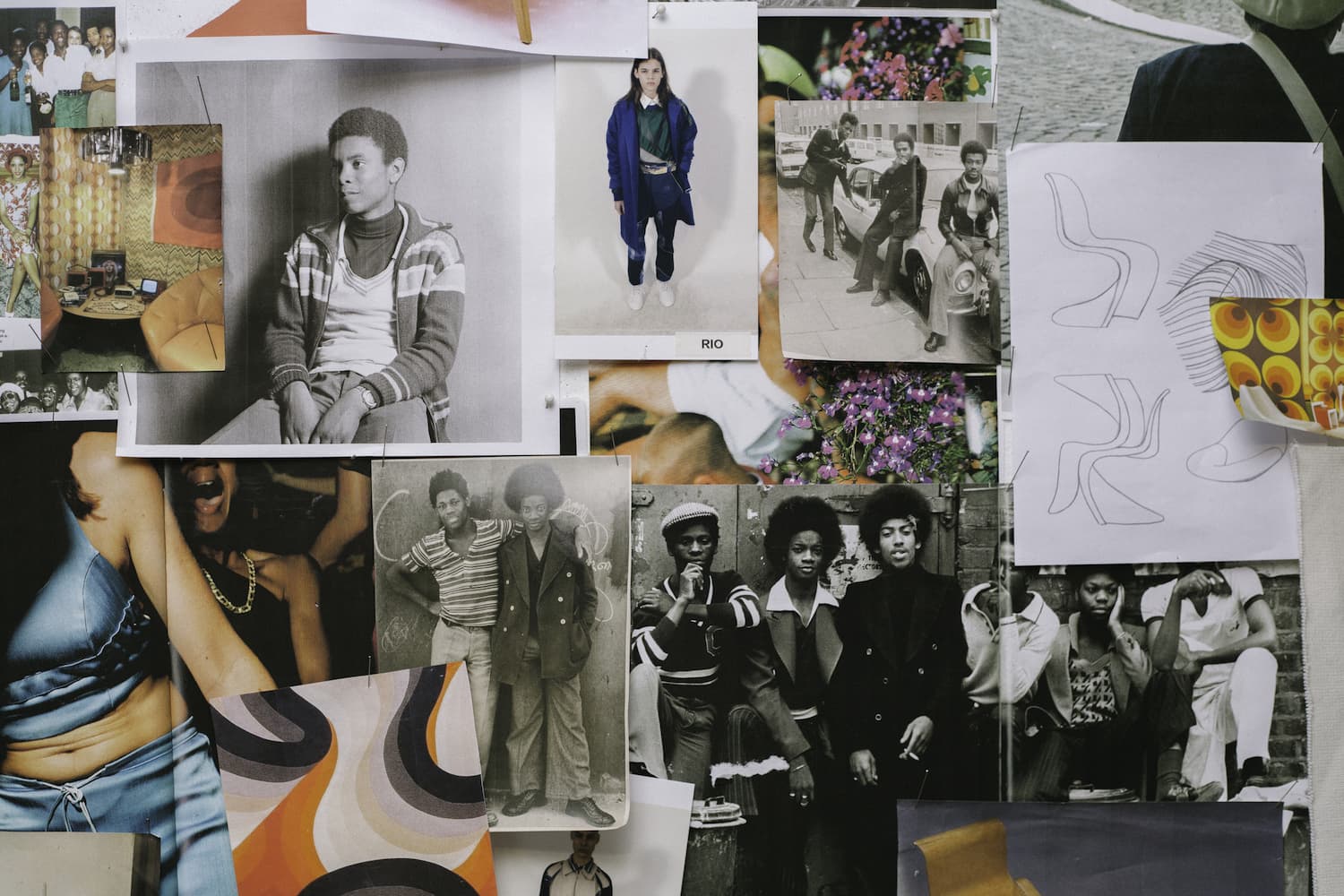
My dad lives in Lagos, Nigeria, and I went with my stepdad on holiday there. When we were in a traffic jam, I kept noticing that all the traders were wearing really Western clothing. One guy was wearing a fun run T-shirt from Leeds. I just got really curious about it, so I started to wind down the window and ask people where they got their clothes, and they told me about a big second-hand clothing market in Lagos. I did loads of research about it from my hotel and figured out that charities sell excess second-hand clothing, because only 10 percent ends up in a charity shop. It could be [to] a recycler or a company that sells it on as clothing. This happens a lot in West Africa, but what happens is a lot of the local textile industries get ruined because it’s cheaper for people to buy second-hand clothing from the West than it is to get things done by their tailor, which is the traditional way of getting clothes in those parts of the world. I started researching what happens to the rest of it and I found out about Panipat. There wasn’t that much about it at the time. I went to stay there with my Nan. India only allows the import of second-hand clothing if it is mutilated and going to be recycled, because they had a really big push on protecting Indian craft. So I went with my camera and just turned up.
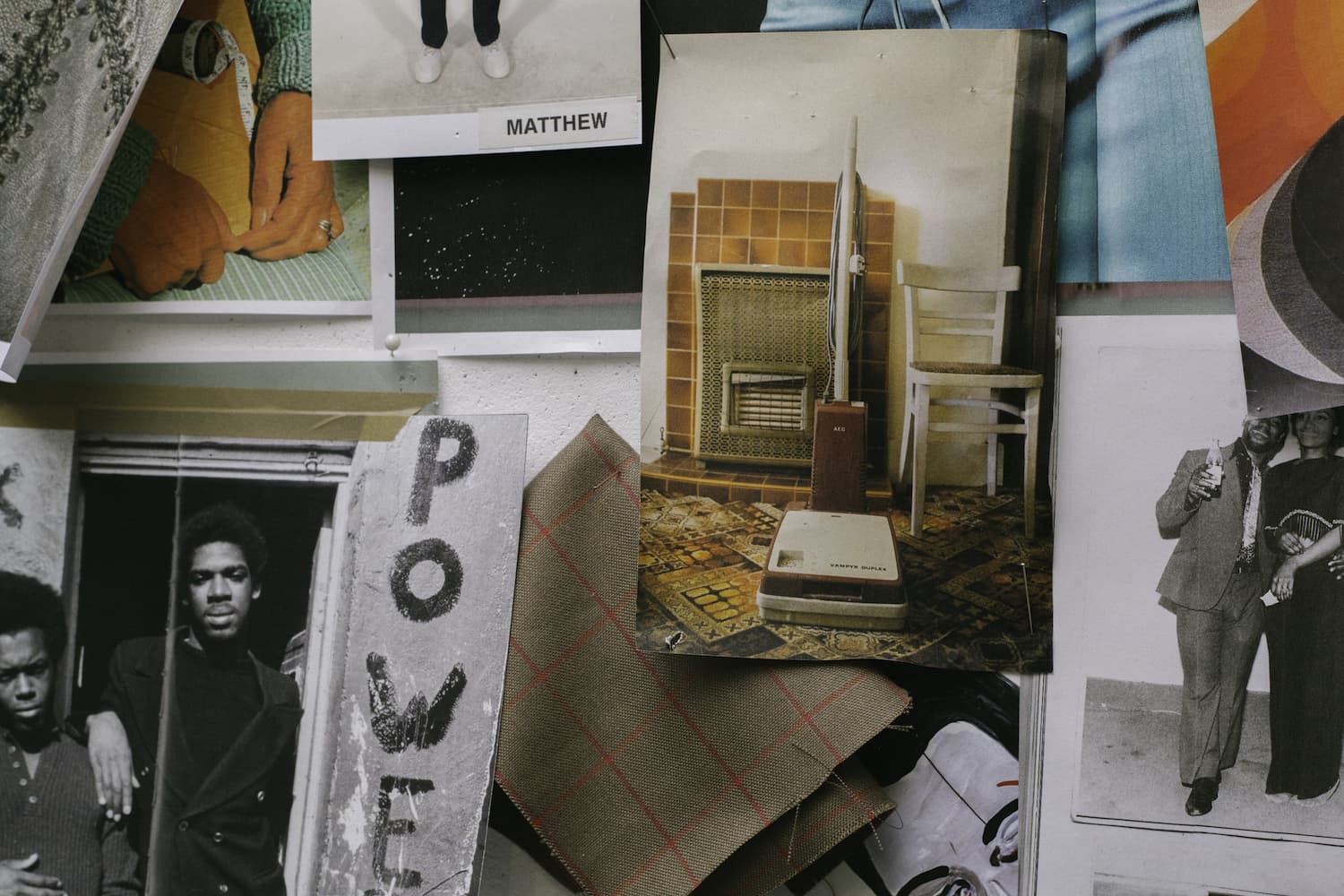
I think there’s a middle ground. There are high street shops that are probably trying to change. When I produce sustainable clothes it costs more money than if I were to produce them in the traditional way, so obviously it makes things more expensive. Until bigger companies start investing in sustainable methods and bringing the costs down, it is going to be slightly more expensive. I’m not going to say to a nurse who is a single mum with three kids to feed, “Oh, you shouldn’t be buying something from Primark,” or whatever, because what other choice have they got? I do get that there’s the issue of privilege in terms of sustainability, but big businesses have got the profit margins to do the right thing.
With companies like Missguided and Boohoo, I think that their business model from a marketing point of view is absolutely fucking genius. They’ve tapped into a market of girls who want to go out regularly and wear a new outfit, and in the age of Instagram, everyone feels forced to do that. Also, thewaythattheyhavelinkedtheshoppingtoLoveIsland,so people can watch it and then click on their app and buy the dress that a contestant is wearing, that is obviously a genius business model, but I just wish they could gure out a way of doing it that is less harmful [to the environment].
